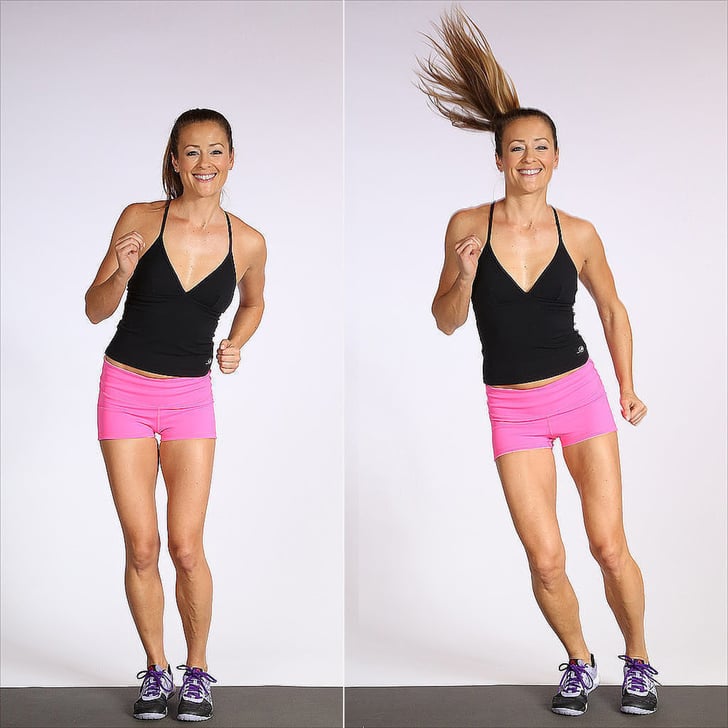

However, the baseball can be visually tracked by an observer and the bullet cannot. Both have the same effect – hitting the target. Smooth scrolling vs instant jumping is the difference between using a baseball and a bullet to hit a close target. The effect is aesthetically pleasing and ensures that you don't lose your bearings. When you click that link, the page quickly but smoothly scrolls to the top instead of instantly rocketing you there. Often, sites have a small scroll to top link on some pages. This time allows the user to see what content is being skipped over, giving her a clear sense of her current location. The solution? To quickly and smoothly scroll the page to the destination content, but take a short time to do so. A clear representation of this relationship was the original reason for condensing the multiple sections into a single page, so we have a problem. Because the user doesn't see any of the content between the link they clicked (at the top of the page) and the destination content (at the bottom of the page), they feel lost and the relationship between sections is destroyed. While this default method is fully functional, there's a usability problem: clicking that link makes the user jump instantly to the bottom of the page. from the top of the page), we link using the hash character ( #) and the name of the destination anchor: This is an invisible element that doesn't appear to visitors in the browser. a Contact form at the bottom of the page), we add a named anchor tag at the start of the section:

When we want to link to a specific point on a page, the standard tool that HTML provides is the named anchor. The difference is that links don't direct from one page to another instead, they link to different points on the single page. To provide navigation from section to section on this type of longer page, links are used – just as with the more traditional pages.

You've likely seen this principal of condensation in action while browsing the web. In many cases, this arrangement represents the relationship between different sections of information and ideas better than the traditional multi-page model. Instead of having three shorter pages, we can now have a single longer page that provides continuity by displaying all information in direct proximity. This isn't so much an opportunity for verbosity (indeed, the pace of today's society calls for succinctness), as it is an opportunity for condensation. The wide use of broadband connections in today's developed world means that web professionals can create webpages that hold more content than in the past. For a more elaborate smooth-scroll technique, check out the jQuery scrollTo plugin.Google Faster Connections Beget. Just to mention! The previous scroll-to script requires only that the jQuery library is included on the page. Add the following snippet to your JavaScript: $('.scroll').on('click',function(e) ) Ĭompare, learn, and have fun customizing and implementing your own scrolling solution. Once jQuery is included on the page, we can use jQuery’s animate() to implement smooth scrolling.
Smoothscroll jumps code#
For example, if you want to add a link on your page that smoothly scrolls the user to a specific location, add the following code snippet to your JavaScript file.
Smoothscroll jumps how to#
This tutorial shows how to create “scroll-to” links with jQuery.


 0 kommentar(er)
0 kommentar(er)
